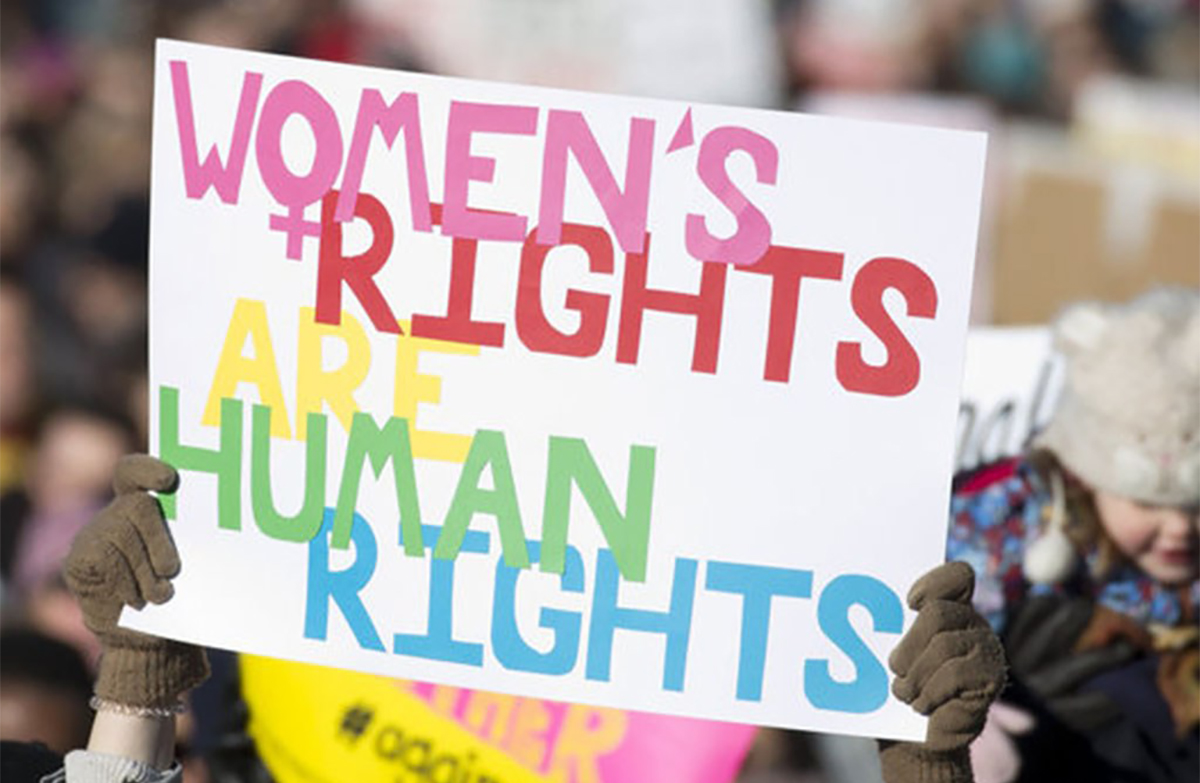(Akiit.com) The portrait of black America has changed dramatically over the course of the past decade. Newly released data from the U.S. Census Bureau shows significant demographic changes and shifts happening throughout the country and perhaps a reversal of the Great Migration as more and more blacks return to the South.
Take for instance Chicago — the nation’s third largest city which has long been deemed the political nerve center for African-Americans. Over the last 10 years, the city lost 200,000 residents and those blacks who left have migrated to nearby suburbs or were forced to seek affordable housing elsewhere following the demolition of numerous public housing complexes. But others left the state altogether and, in some instances, returned to the South where many still have family ties and roots.
A close look at new census data for Southern states confirms the patterns. In Georgia and Florida, for example, the black population increased between 23 and 25 percent respectively over the past decade. Even in Louisiana, a state still wrestling with the impact of Hurricane Katrina, the black population increased, though marginally, contrary to the expectations of many.
Numerous explanations have been presented for the exodus of African-Americans from Northern cities and move to Southern suburbs. Some attribute the shift to a poor economy and the resulting loss of manufacturing jobs in many urban areas. Others attribute the shift to dramatic gentrification of urban communities over the course of the past decade. And some commentators have even suggested that hyper-aggressive police tactics and general over-policing of urban communities in places such as New York City have simply driven those with the means to flee cities altogether.
While there may be no single explanation for the shift, it has become clear that increasing numbers of African-Americans are moving away from cities and instead opting for Southern suburbs. And, in the South itself, 58 percent of African-Americans left large metropolitan areas and chose to migrate to nearby suburbs — a rate 17 percent higher than that for the rest of Americans.
Census data also shows that neighborhoods in major metropolitan areas throughout the South have also become more integrated based on a measure known as the segregation index. The index reveals that African-Americans and other racial minority groups tend to be more evenly distributed among neighborhoods and less racially isolated. Some of the areas undergoing the highest rates of diversification are found in central Florida, Georgia, Tennessee and Texas.
And, the mix in many areas is not just black and white, but black, Latino and white as Latinos accounted for roughly 45 percent of population growth across the South over the last 10 years. New data shows that many Latinos, including new immigrants, have fanned across both the South and the Midwest beyond the traditional gateways of California and New York.
Even more telling are new numbers showing increases in the number of multiracial individuals now living in the South. Mississippi, for example, has had one of the highest increases in the number of mixed marriages over the last decade. And, though they represent a small share of the state’s population (approximately 1.1 percent), the increases suggest movement in racial attitudes.
Collectively, these demographic changes may bring about the emergence of a new kind of politics in the South — one that speaks to issues of multiculturalism in ways that we have not seen before while calling upon leadership well-suited to represent the interests of increasingly diverse constituencies.The changes may also have political consequences that could be felt in upcoming elections. As candidates vie for the black vote, targeting efforts will need to reach beyond cities and cut deeper into suburbia. The shifts may also translate into more blue and purple spots and less red among Southern states though only time will tell.
Regardless, it is clear that this last decade has brought about incredible demographic shifts and greater levels of racial diversity and geographic movement back to the “New South” are likely to have a transformative impact on our nation.
Written By Kristen Clarke









Leave a Reply